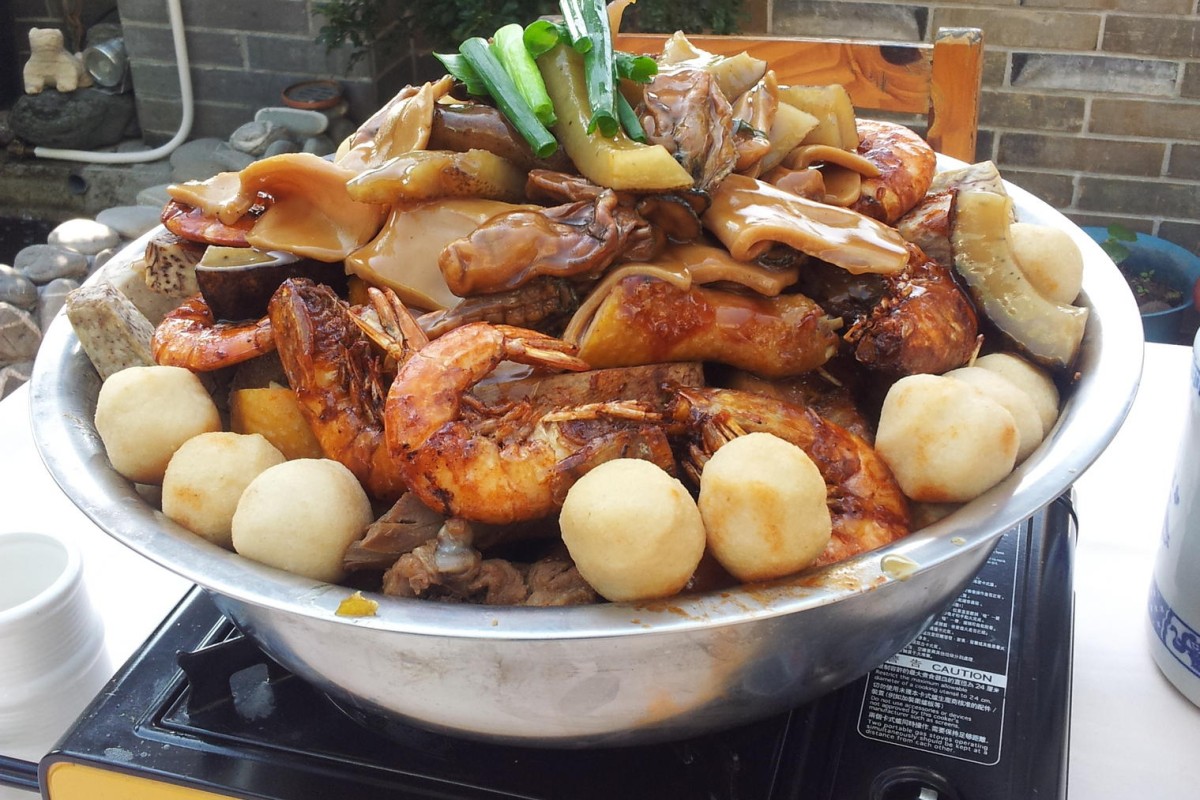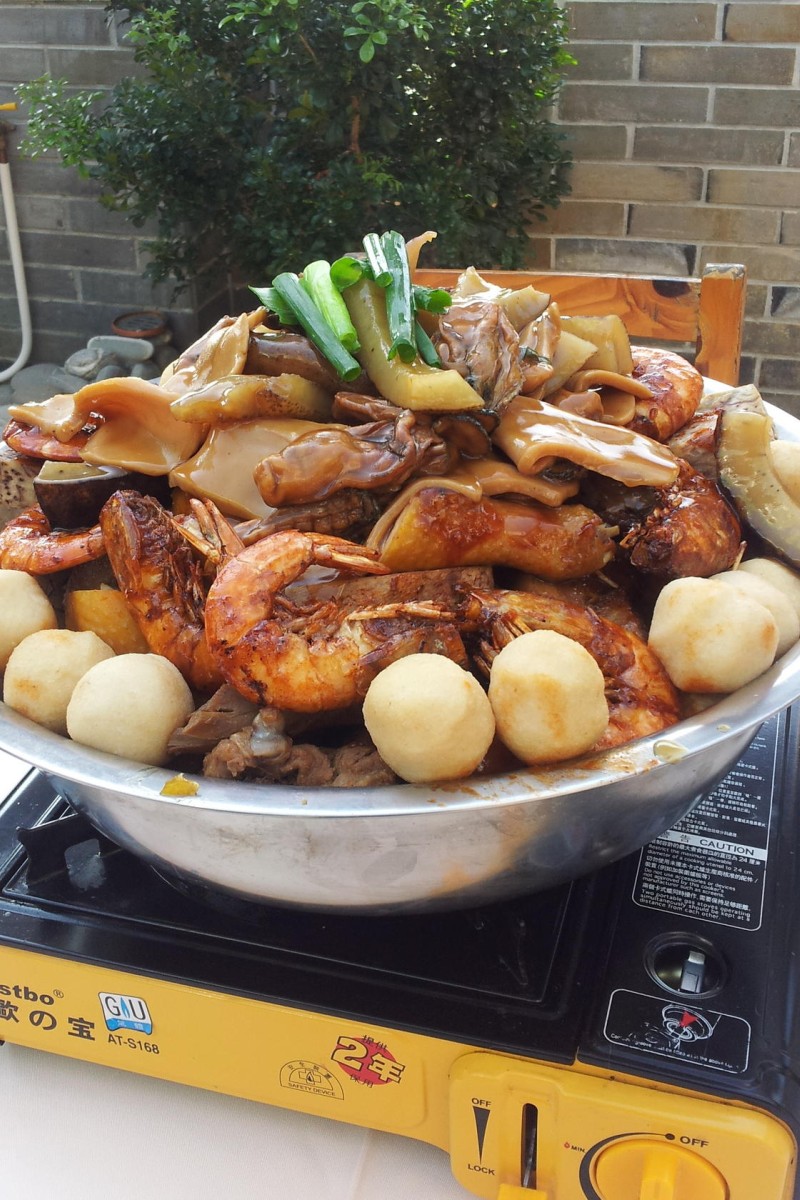
Lunar New Year is just around the corner, so it's the perfect time of the year for family reunions, relaxation, and spreading the joy of the festive season with loved ones. It's also the perfect atmosphere for poon choi, a one-pot dish prepared and served on special occasions.
Poon choi, or "basin vegetables", is a communal dish that is unique to Hong Kong, particularly in rural areas. Comprising turnip, taro, lotus root, pigskin, fried fish maw, dried oysters, chicken and duck, each item is prepared separately and layered in a bowl, which according to tradition, is wooden. While the most prized items, such as roast duck, prawns, dried mushroom and abalone, are placed at the top, low-key vegetables, like turnips and taro, are placed at the bottom to absorb the luscious flavour of the stew and meat juices from the top of the bowl. To show respect to their guests, villagers do not include a lot of vegetables in poon choi, for they are not seen as "valuable" ingredients.
Poon choi has been eaten in Hong Kong for more than 700 years. Legend has it that it originated in a village in the New Territories, to which Emperor Bing of the Song Dynasty (960-1279 AD) fled during the wars between Mongolia and Song China. The dish would contain any quality, seasonal produce, such as locally grown turnips and fish. However, due to the lack of containers, ingredients were meticulously layered inside a wooden or clay bowl. And the first poon choi was born.
To suit changing tastes there have been alterations made to the original dish. While some versions offer delicacies such as abalone, fresh oysters and dried scallops, there are some that include pumpkin and carrots to make chewing easier for the elderly, and mock meat for vegetarians.
"Making poon choi used to be easier," says Chung Kap-kee, director and chef of Chung Shing Traditional Food, who was tasked to prepare the dish for the District Tourism and Culture Festival 2013. "People would eat basic ingredients with their natural taste; younger generations prefer a wider range of exquisite foods with a more sophisticated taste."
Poon choi is still extremely popular during the Lunar New Year holiday. This is because the dish signifies abundance and affluence in the coming year.
But Chung also feels that its popularity has been declining. Owing to the time and effort it takes to make poon choi, younger generations show little interest in making the dish.
However, he is keen to revive interest in this traditional food in Hong Kong. What's more, he also sees new interest in the dish from outside Hong Kong, including Japan, Taiwan, India and Canada.
Today, poon choi is no longer confined to walled villages; it can be found anywhere, from Chinese fast food restaurants like Cafe de Coral, Maxim's and Fairwood to specialist stores, such as Chung's. It's also available all year round - and can even be delivered to your door.
